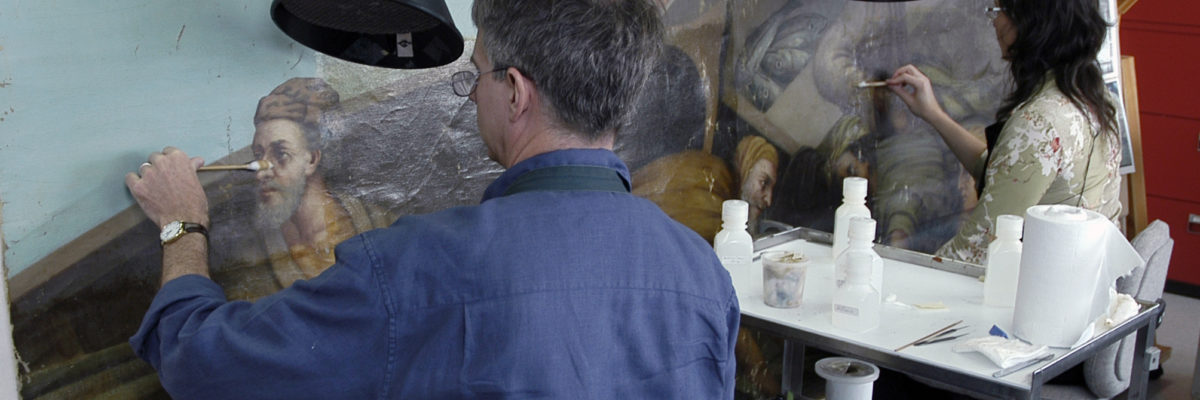
#AskAConservator: home remedies, part 1
This is such an intriguing question that we did two takes!
What is a home remedy or "old wives' tale" that you absolutely despise? Conversely, what is a home remedy that you actually like as a conservator?
Fiona Graham answers:
First, I want to say that you are welcome to do whatever you want to your own belongings. If an object is in a public collection, though, there’s usually a duty to preserve it and this means making conservation decisions that don’t do more harm than good. One of the most common misconceptions relates to the “feeding” of wood and leather objects in museums. There are certainly objects - usually from Indigenous cultures - in museum collections that require the application of substances in order to maintain their intangible value. Unless there are cultural reasons for feeding objects, however, the regular application of oils, dressings or conditioners is not only unnecessary but usually harmful. A pair of leather boots, a leather-bound book, or a wooden desk in a museum collection are no longer being used in the same way they would be in your home. In addition, aged materials do not respond the same way as new materials to the application of products intended to make them supple and shiny. Leather dressings, for example, can increase the rate of deterioration of leather. They do not prolong the lifetime of the leather. It is not like moisturizing your skin. Repeated application of oils to furniture results in sticky surfaces that attract dust, leading to a grimy appearance.
As someone who specializes in preventive conservation, a traditional practice that I like is keeping curtains shut on bright days in order to cut down on light damage to carpets and upholstery. This was standard practice in homes in the past, and it is still a great idea. In the summer, it has the added benefit of keeping our building interiors cooler.
